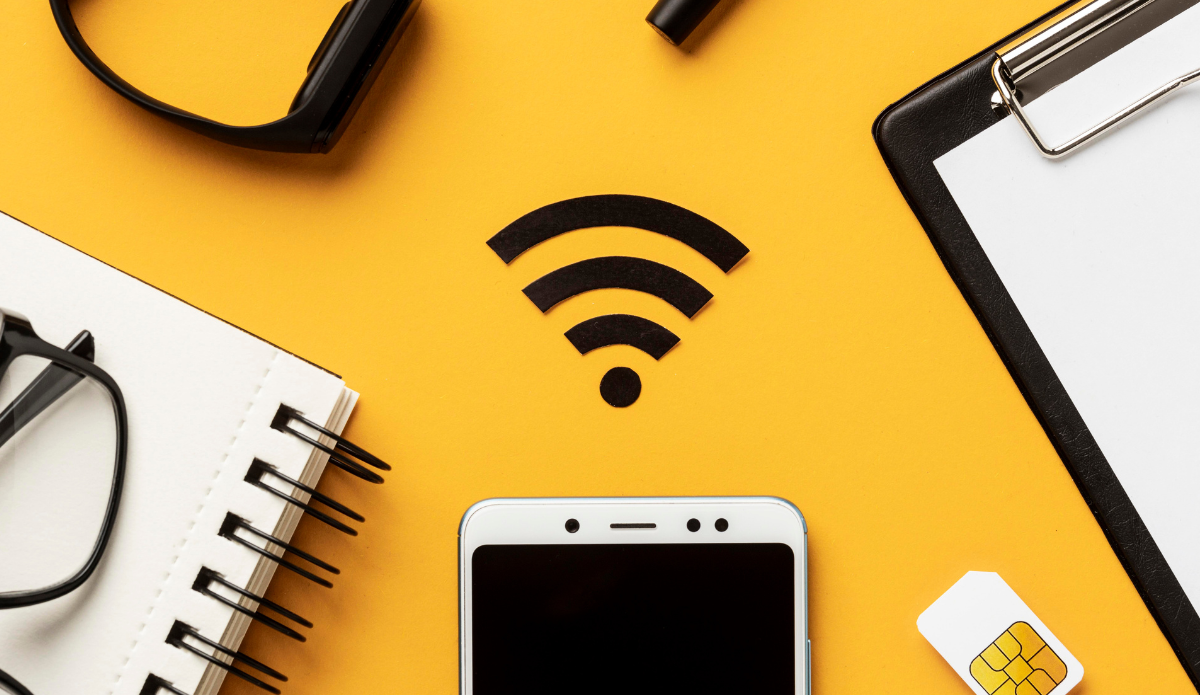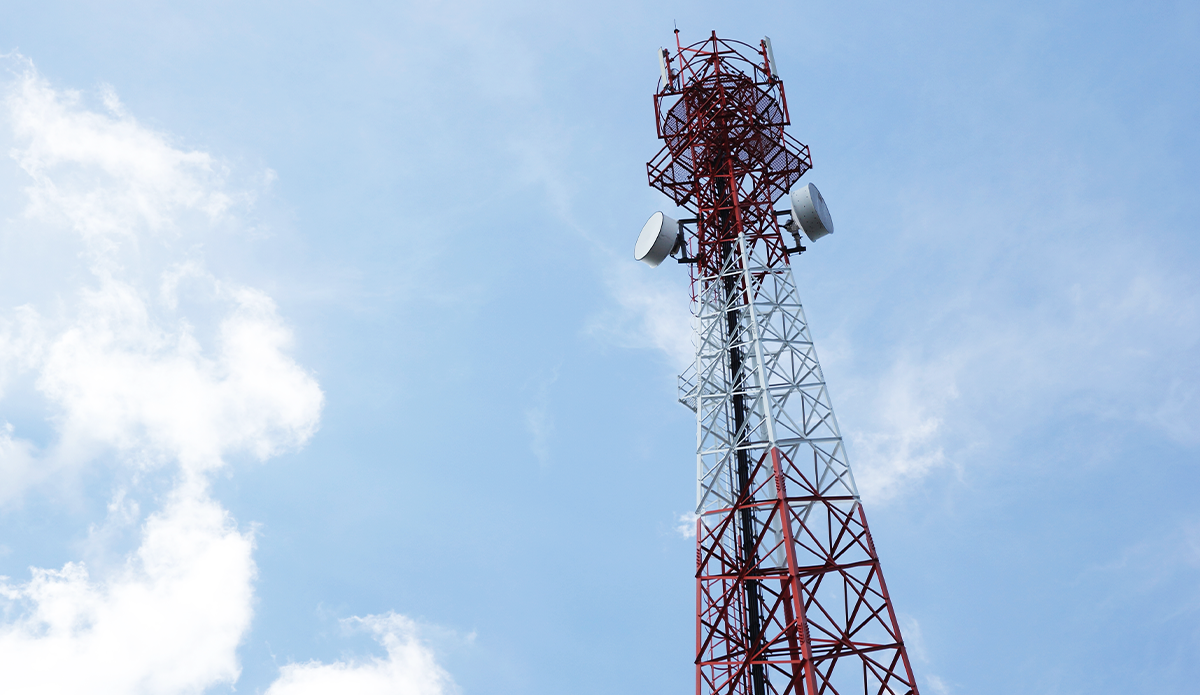Slow internet speeds and lag can be the ultimate buzzkill during a gaming session.
For gamers who rely on internet-connected devices like consoles, tablets, and smartphones, a stable and high-speed internet connection is just as crucial as their gaming prowess, especially when engaging in online multiplayer battles.
A laggy connection can spell the difference between victory and defeat, as every split second matters in the digital arena.
So, what broadband speed is actually required for gaming, and how can you guarantee that your internet is ready for the challenge?
Ideal Broadband Speeds For Gamers
While basic ADSL broadband might suffice for online playing, it’s recommended to aim for speeds above 25Mbps for optimal performance on the latest consoles with 4K capabilities.
Why the need for speed? Well, it’s all about ensuring smooth gameplay with minimal lag and buffering.
That’s where fibre broadband comes into play, offering higher speeds and more reliable connections tailored for today’s demanding gaming landscape.
For an even more immersive journey, consider speeds of 50Mbps or higher.
These are readily available on standard fibre-to-the-cabinet (FTTC) plans, and if you’re lucky enough to have fibre-to-the-premises (FTTP) in your area, you can achieve lightning-fast speeds.
Use our free postcode checker today and explore the fastest speeds in your area.
However, keep in mind the other internet activities happening in your household.
Streaming, downloading, and browsing by other household members can all impact the bandwidth available for your gaming adventures.
Why Reliable Broadband Is Key For Gamers
Below, our experts have explained why fast broadband is so important, as well as considerations to make when finding your next deal to power your gaming sessions.
Low Latency and High Stability:
One of the primary factors that distinguish a good internet connection for gaming is low latency. Latency refers to the delay between when you input a command and when it’s executed in the game. A wired connection typically offers lower latency compared to Wi-Fi, as highlighted by Intel’s gaming resources. With a wired connection, data travels directly through the Ethernet cable, resulting in minimal delays and smoother gameplay. This is crucial, especially in fast-paced and competitive games where split-second reactions can determine success.
Bandwidth Requirements:
While low latency is crucial, sufficient bandwidth is also essential for a seamless gaming experience. Bandwidth determines how much data can be transmitted within a specific timeframe. According to HighSpeedInternet.com, the recommended internet speed for online gaming varies depending on the type of game and the number of players. For example, multiplayer online games generally require lower bandwidth compared to massive multiplayer online role-playing games (MMORPGs) due to the increased amount of data being exchanged between players and servers.
Consistent Performance:
A stable internet connection is necessary to prevent sudden drops in performance, such as lag spikes or disconnections, which can disrupt gameplay and frustrate players. NordVPN emphasizes the importance of consistent performance, noting that even minor interruptions in internet connectivity can result in a subpar gaming experience. Whether you’re engaging in a critical raid with teammates or participating in an E-sports tournament, uninterrupted connectivity ensures that you can stay focused and perform at your best.
Enhanced Multiplayer Experience:
In today’s gaming landscape, multiplayer gaming dominates the scene, with titles like Fortnite, Call of Duty, and League of Legends attracting millions of players worldwide. A good internet connection not only facilitates smooth gameplay but also enhances the overall multiplayer experience. With minimal lag and reliable connectivity, gamers can enjoy seamless communication with teammates, coordinate strategies effectively, and immerse themselves fully in cooperative or competitive gameplay.
Future-Proofing:
As technology continues to advance and game developers push the boundaries of what’s possible in gaming, the demand for faster and more reliable internet connections will only increase. Investing in a good internet connection now not only ensures an optimal gaming experience today but also future-proofs your setup for upcoming games and innovations in online gaming technology.
How Does Ping-Rate Affecting Gameplay?
Lag, also referred to as ping rate, is a crucial factor that impacts gameplay. A higher ping rate leads to delays between pressing a button on your controller and seeing the action on screen, particularly problematic in fast-paced games.
Choosing a 100Mbps full-fibre package offers not just faster speeds but also reduces lag, enhancing overall performance.
Moreover, faster internet allows others in your household to use the internet simultaneously without affecting your gameplay negatively.
Other Facts to Consider
Experiencing connectivity issues? It’s not always just about internet speed.
For a more stable connection, consider opting for a wired connection over Wi-Fi.
However, there are other factors at play too.
Router problems can also be a culprit. Sometimes, a simple reboot or repositioning of your router can work wonders in improving your connection.
Moreover, if your router is outdated, it may struggle to support the latest games console technology.
In such cases, consider requesting a new router from your provider or exploring other provider options altogether.
Switching to a new provider could offer you a router better suited to your gaming requirements, along with a faster and more reliable internet service.
Get expert advice and explore the latest broadband offers for free today.




